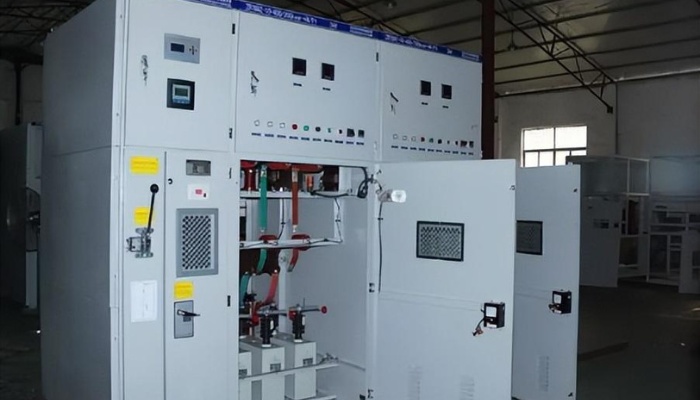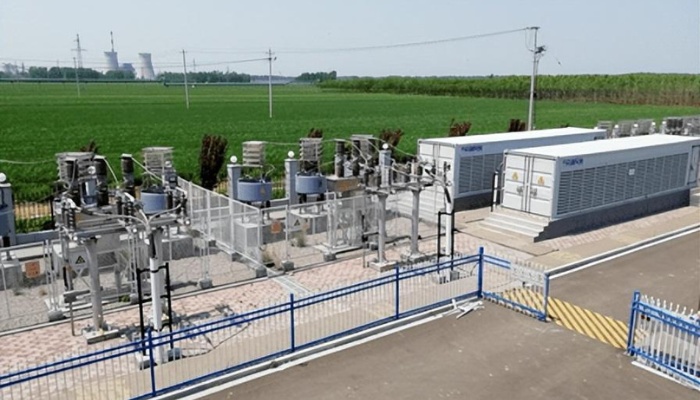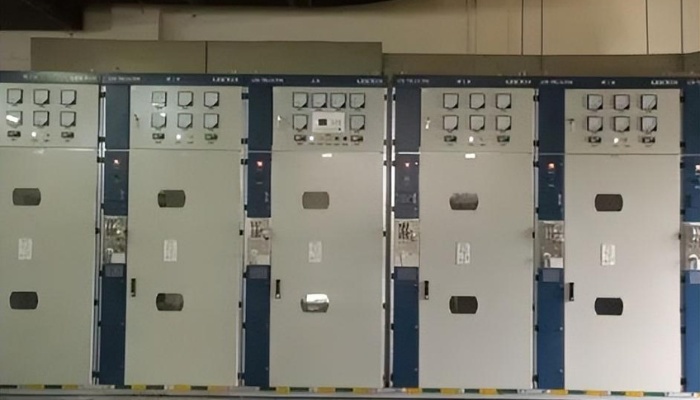Electricity is the pillar in our daily life nowadays, ensuring that electricity is both reliable and efficient is crucial for sustained economic growth and development. Power quality issues, such as voltage fluctuations, low power factor, and equipment damage, can have a significant impact on the performance and reliability of the power system. Reactive power is one of the main causes of power quality problems, generated by induced loads such as motors and transformers. Reactive power does not do any useful work and can cause serious energy waste, increased heat loss, and reduced energy efficiency.
Traditionally, capacitors are used in a switchboard to compensate for the reactive power generated by inductive loads, such as a pad mounted transformer. Capacitors provide reactive power to the system, reducing the demand for reactive power, thereby improving power factor and reducing energy waste. However, traditional capacitors have limited functionality and cannot provide fast reactive power compensation for dynamic loads. Installing traditional capacitors may lead to overcompensation, resulting in resonance and equipment damage.
Intelligent reactive power compensation technology refers to the use of advanced control algorithms and intelligent devices to optimize the performance of reactive power compensation systems. It includes a series of technologies, such as static reactive power compensator, static synchronous compensator, active power filter, and dynamic voltage restorer (DVR). These technologies provide fast and accurate reactive power compensation for dynamic loads, helping to stabilize voltage levels, reduce harmonic distortion, and improve power quality. They also reduce energy waste, improve the efficiency of the power system, ultimately reducing costs and improving reliability. With the development of intelligent reactive power compensation technology, various types and specifications of reactive power compensation devices have been formed for different power system requirements and environmental characteristics. Therefore, when using intelligent reactive power compensation technology, it is necessary to choose a suitable reactive power compensation device based on the specific situation. When selecting a device, the following factors need to be considered:
(1) Electrical load. Power load is one of the most important factors when selecting reactive power compensation devices. If the load is too large, a more powerful reactive power compensation device is needed.
(2) Load fluctuations. The level of power load not only depends on its size, but also on the stability of the load. If the load fluctuation is significant, intelligent control with higher accuracy and real-time performance is required.
(3) System reliability. The Rate of convergence and response time of reactive power compensation device have a great impact on system reliability.
The power automation system is not an isolated system, but a system that connects various wireless sensors, industrial computers, gateways, and other devices. Therefore, when using intelligent reactive power compensation technology, it is necessary to consider its integration with other devices. Networking and integration are one of the important ways to achieve reactive power compensation technology.


PowerTel and his expert engineers are able to help you a right type of reactive power compensation device for your electrical distribution system and power distribution system.
Please feel free to contact us.

